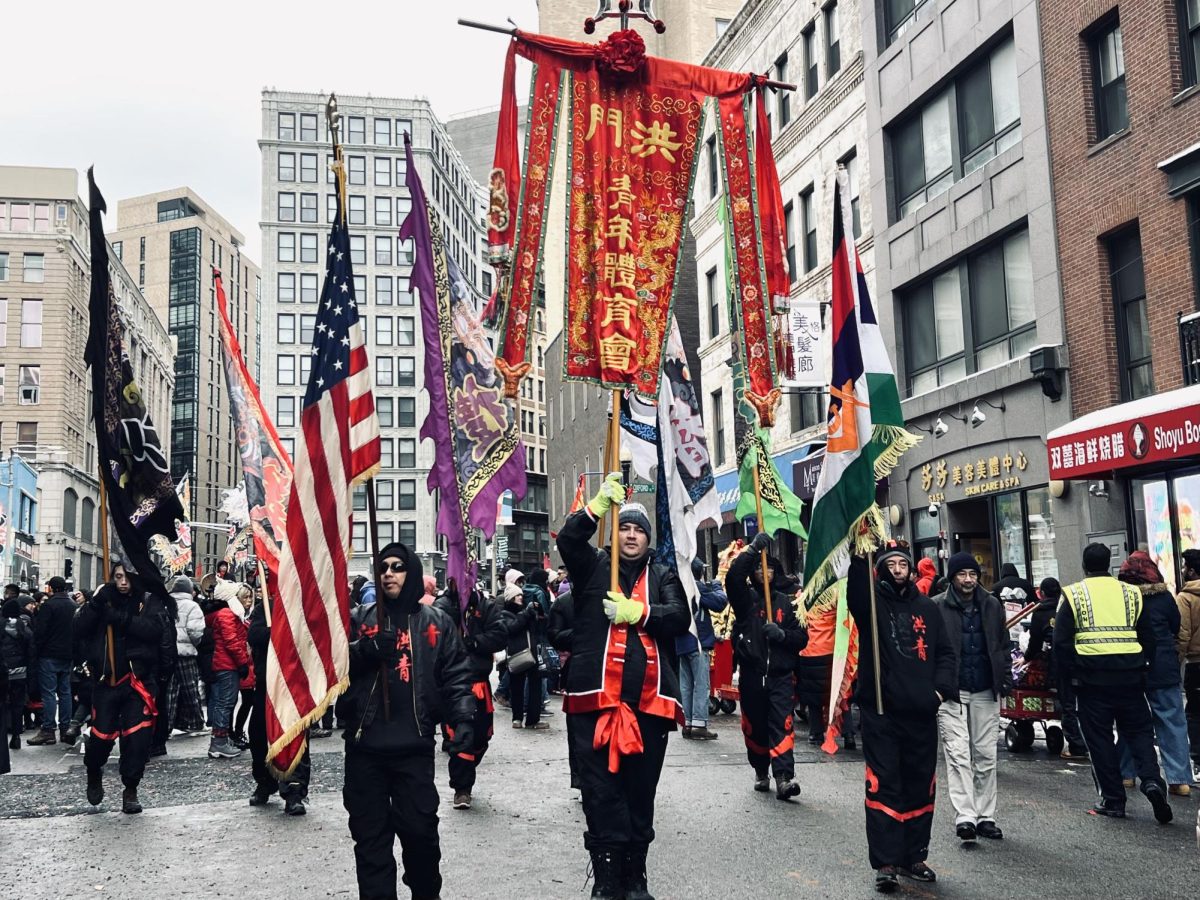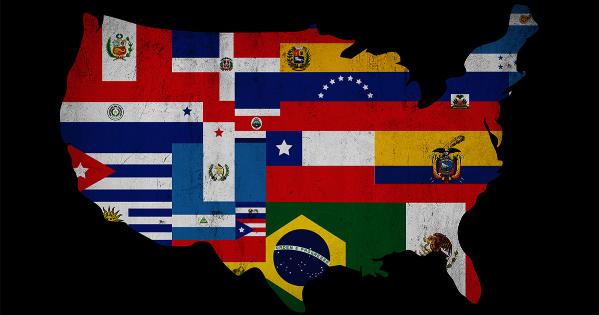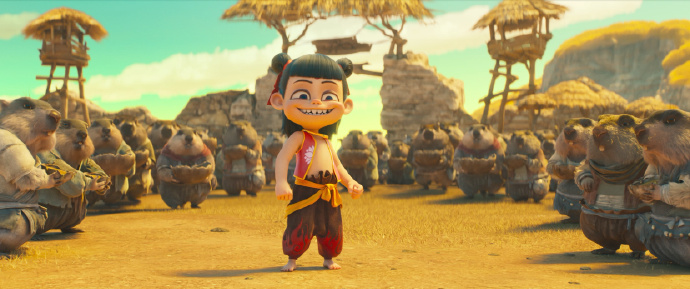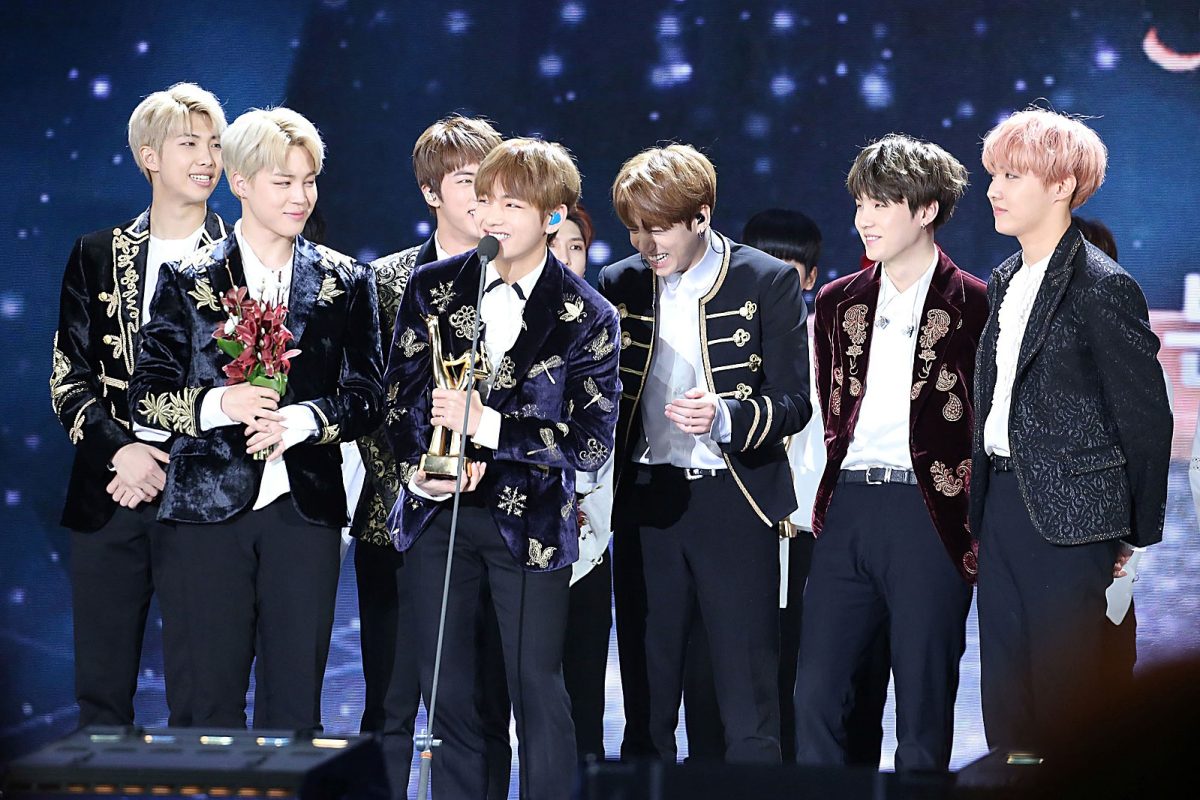Is the current state of the Chinese film industry a somber reflection of stagnation, or the harbinger of a new dawn?
This inquiry hangs heavy as we navigate the intricate narrative of the Chinese cinematic landscape. The allure of the silver screen has been an integral part of the Chinese cultural tapestry, and its recent journey has been nothing short of extraordinary. The question that lingers in the air is this – What happened with the Chinese film market after the COVID onslaught?
As of September 2023, the Chinese film market continues to show remarkable resilience and growth. With an annual box office of approximately 45 billion yuan and a 49% year-on-year increase, China solidified its position as the world’s second-largest film market. Boasting 1.26 billion attendees and 54 million screenings, the industry’s enduring appeal is evident.
A significant trend is the industry’s penetration into lower-tier cities, with top-notch film industry facilities rivaling those in first-tier cities. Government support, including special funds and tax incentives, further fosters a favorable environment.
While these trends paint a hopeful picture for the future of the Chinese film industry, the reality is that, before any signs of market improvement, the arrival of COVID-19 dealt a severe blow. The industry, once on a trajectory of unprecedented growth, faced challenges in the wake of the global pandemic.
What are the impacts of COVID-19?
In 2019, China stood at the zenith of the global film market, a testament to its burgeoning cinematic prowess. However, the unrelenting impact of COVID-19 would soon cast a long shadow over this cinematic success story.
1. Pandemic control measures
China’s strategy of implementing a zero-COVID policy in January 2020 led to the frequent and abrupt closure of cinemas.
2. Economic downturn
The aftermath of the three-year-long zero-COVID policy saw a sharp decline in consumer spending. By November, retail sales had plummeted by 5.9%. With the policy expected to persist until mid-December, a significant rebound in consumer spending seemed elusive.
3. Ministry of Culture factors
The production of movies is also hampered by factors such as regulations and restrictions imposed by the Ministry of Culture. The consequence was a significant drop in the number of film registrations and commencements in the first half of 2022, down by 27%, with only 1,029 films registered for production.
The onset of COVID-19 presented an unprecedented challenge to the once-thriving Chinese film market, triggering a severe contraction in 2020. Box office revenues, which had exceeded 600 billion yuan in 2018 and reached 641 billion yuan in 2019, nosedived to 203 billion yuan, marking a decline of over two-thirds from the previous year.
As the pandemic persisted, cinemas faced closures, numerous films withdrew from release schedules, and the number of films screened in the first half of 2022 dwindled drastically to just 147.
As of June 30, 2022, national cinema operations stood at 83%, with figures for holidays such as Qingming Festival, Labor Day, and Dragon Boat Festival hitting an all-time low. The total box office revenue for 2022 reached 30 billion yuan, highlighting the industry’s struggle to regain its pre-pandemic momentum.
From individual narratives to societal shifts
Yifu Liu, a fashion photographer and freelancer based in Beijing, reflects on how the pandemic has reshaped his movie-watching habits. Before the outbreak, he used to enjoy spending entire days alone in the cinema, exploring a variety of films.
However, with the closure of theaters and restrictions on outdoor activities, Yifu now finds comfort in reviewing old classics with friends in his living room. “Movie theaters are closed, there are restrictions everywhere, and I’m making less money. It seems like it’s harder to open yourself up to new stories when you’re stuck in life,” he said.
COVID has ushered in a rapid surge in the development of streaming platforms, challenging traditional box office dynamics and altering the way people consume content. Hollywood giants like Disney and Netflix pioneered simultaneous releases on their streaming platforms, bringing the big screen experience into everyone’s homes.
In the Chinese context, the box office remains a crucial battleground. Xu Li, a movie enthusiast, commented on social media, stating- “In China, online movies and theatrical movies are still two different concepts. Theatrical releases are facing a big challenge in calling audiences back into theaters.”
Notably, a shift in viewing habits is observed, with a surge in the popularity of patriotic films in the Chinese market, represented by The Battle of Lake Changjin, the top 1 blockbuster during the past 5 years. Xu remarks,“China’s film industry is dominated by patriotic movies after the success of Wu Jing’s ‘Wolf Warrior’ franchise. As a member of the audience, I want to go to the theater for something new.” The decline in interest in foreign films, coupled with diminishing celebrity power , suggests a broader shift in cinematic tastes.
The emotional changes brought about by major events like the pandemic are intricately linked to shifts in entertainment preferences. Examining China’s film landscape over the past six years reveals a changing emotional trajectory influenced by societal sentiments.
The dominance of action films, particularly patriotic blockbusters like Wolf Warrior II in 2017 and Operation Red Sea in 2018, reflected a surge in patriotic fervor. War films found a place in popular cinema, maintaining their stronghold on annual box office charts. This trend is not only influenced by governmental promotion of patriotism but also signifies a cultural demand for patriotic narratives during times of crisis.
On the other hand, the enduring popularity of drama films in China suggests a broad acceptance of this genre. With large-scale productions and hefty promotional budgets, dramatic films consistently capture the public’s attention, emphasizing a dual selection process involving both producers and audiences.
The comedy genre experienced significant growth in 2021 and 2022, largely attributed to the success of Hi Mom. Released during the Chinese New Year in 2021, the film achieved both critical acclaim and box office success, offering emotional relief in the wake of significant challenges. Notably, Hi Mom features a predominantly female-led cast, aligning with the burgeoning feminist movement in China and contributing to the film’s success.
Audience preferences are not the only aspect of cinema transformation; industry professionals are also adapting to meet changing demands. During the promotional tour of the film Creation of the Gods I the creative team highlighted a modification in editing to emphasize emotional connections between characters. Director Wuershan said that post-pandemic audiences crave emotionally resonant scenes, reflecting a broader societal trend toward a deeper appreciation for emotional expression in cinema.
The proportion of films from the United States in the market has steadily declined, plummeting from 37% in 2018 to a mere 7% in 2020, a trend that persists to this day. This is not only a result of the Chinese government’s protection and support for domestic films but also a process of Hollywood blockbusters losing their allure among Chinese audiences. The lack of connection culturally and emotionally drives the audience away. With the economic downturn, not only in China but worldwide, the film industry is grappling with challenges. The Hong Kong region, which once held 18% market share in 2018, has now faded into obscurity.
The evolving landscape of Chinese cinema reflects a dynamic interplay between societal changes, major events, and shifting audience preferences. As the industry adapts to the post-pandemic era, filmmakers and studios must remain attuned to these nuanced shifts to navigate the evolving cinematic terrain successfully.
“I certainly hope to return to the cinemas in the future,” said Yifu, “I can’t wait to see the diverse bloom of films.”

















